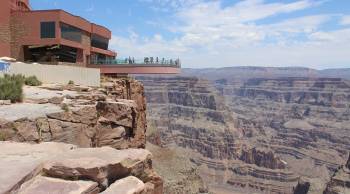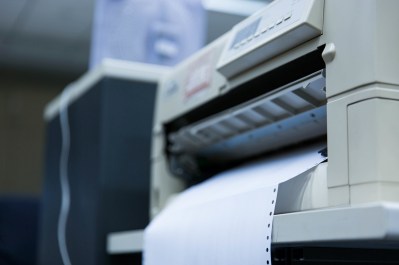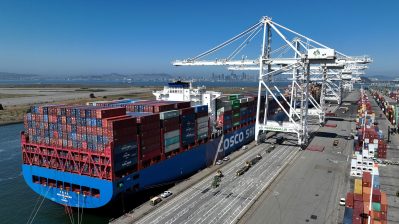The battle over uranium mining near the Grand Canyon
The land surrounding the Grand Canyon contains some of the richest uranium ore deposits in the country. But as of 2012, new uranium mining claims are banned on land surrounding Grand Canyon National Park.
That hasn’t stopped mining companies from reopening old mines, and looking for other ways around the ban.
The Grand Canyon might be a national treasure. But for miners, the real treasure is the uranium ore that’s in the earth around it. A lot of energy can be produced with just a small amount of this uranium ore.
“It’s probably the cleanest, safest energy we have available,” says Donn Pillmore, who oversees the Arizona strip mines for Energy Fuels Resources. “The rest of the world has recognized that and so there’s going to be an ongoing demand for uranium.”
Driving out a dirt road, we come to the Arizona 1 Mine, about 10 miles north of the Grand Canyon park boundary. This mine was one of four that was grandfathered in before last year’s ban.
It’s about the size of a Walmart parking lot, with a 10-story-tall yellow tower, a warehouse and a containment pond. A thousand or more feet below the surface, a couple dozen miners use explosives to blast out the ore.
“That box you see up in the headframe there? That’s the ‘man cage’ the miners ride up and down into the mine on,” Pillmore explains.
Underneath the cage, a giant yellow bucket turns upside down and dumps two and a half tons of gray rock. Pillmore sticks a geiger counter into a large pile to measure the radiation level.
“This material right here runs about 10 pounds of uranium per ton of rock,” Pillmore says. “This is about our average grade.”
But according to environmentalists, that’s a dangerous amount for anyone who lives near the Grand Canyon, America’s most famous canyon was carved out by the Colorado River. And that river still provides drinking water for nearly 40 million people. It’s the reason there’s a 20-year ban on a million acres of land surrounding the park.
“There’s literally hundreds of seeps and springs in the Grand Canyon that are potentially at risk,” said Roger Clark, who has been fighting uranium mining companies for the Grand Canyon Trust for many years. He recently took me up in a plane over the mines to get a different perspective.
As we fly through the area off-limits to mines, over what’s known as the Dragon Corridor, I watch the earth below us drop away to a dark green ribbon sparkling in the sun — the Colorado River.
From 11,000 feet up, the Arizona 1 Mine looks like a postage stamp. Clark points out how close the mine is to drainages and creeks. In 2010, the U.S. Geological Survey conducted studies that showed 15 springs and five wells contained dissolved uranium concentrations in excess of environmental standards for drinking water.
Mining companies argue that uranium naturally occurs in those springs. And they say today’s technology is so precise, there’s no need to worry. But as we fly over the Pinenut Mine north of the canyon, Clark says it’s not foolproof. He says when workers drilled down into this mine, they hit a pocket of water.
“When they reopened it here in 2011, they found millions of gallons of water had filled up the shaft,” Clark says over the hum of the plane.
And that water likely became contaminated when it sat with the exposed uranium ore.
So with the moratorium in place, mining companies are trying a new strategy — going after ore deposits on state land.
One company wants to mine on state land near the Havasupai Reservation and a popular trailhead south of the canyon.
“There’s a few signs that trucks have been out there,” Clark pointed to the proposed site. “They’ve concluded their drilling. They know they have a valuable deposit and they want to go after it.”
And the demand for uranium is growing. Countries like India and China are desperate for uranium ore, as they finish construction on several nuclear reactors.
There’s a lot happening in the world. Through it all, Marketplace is here for you.
You rely on Marketplace to break down the world’s events and tell you how it affects you in a fact-based, approachable way. We rely on your financial support to keep making that possible.
Your donation today powers the independent journalism that you rely on. For just $5/month, you can help sustain Marketplace so we can keep reporting on the things that matter to you.


















